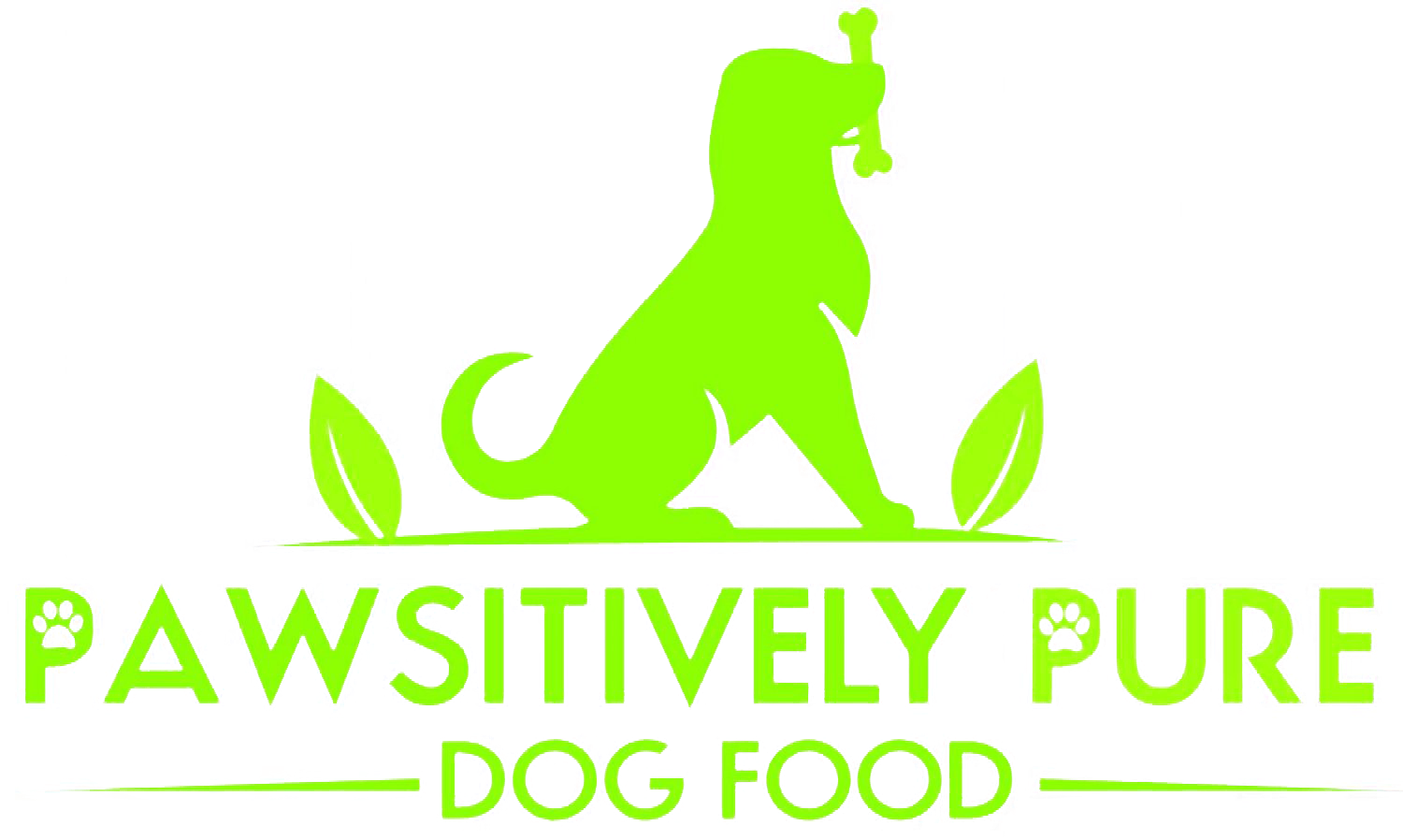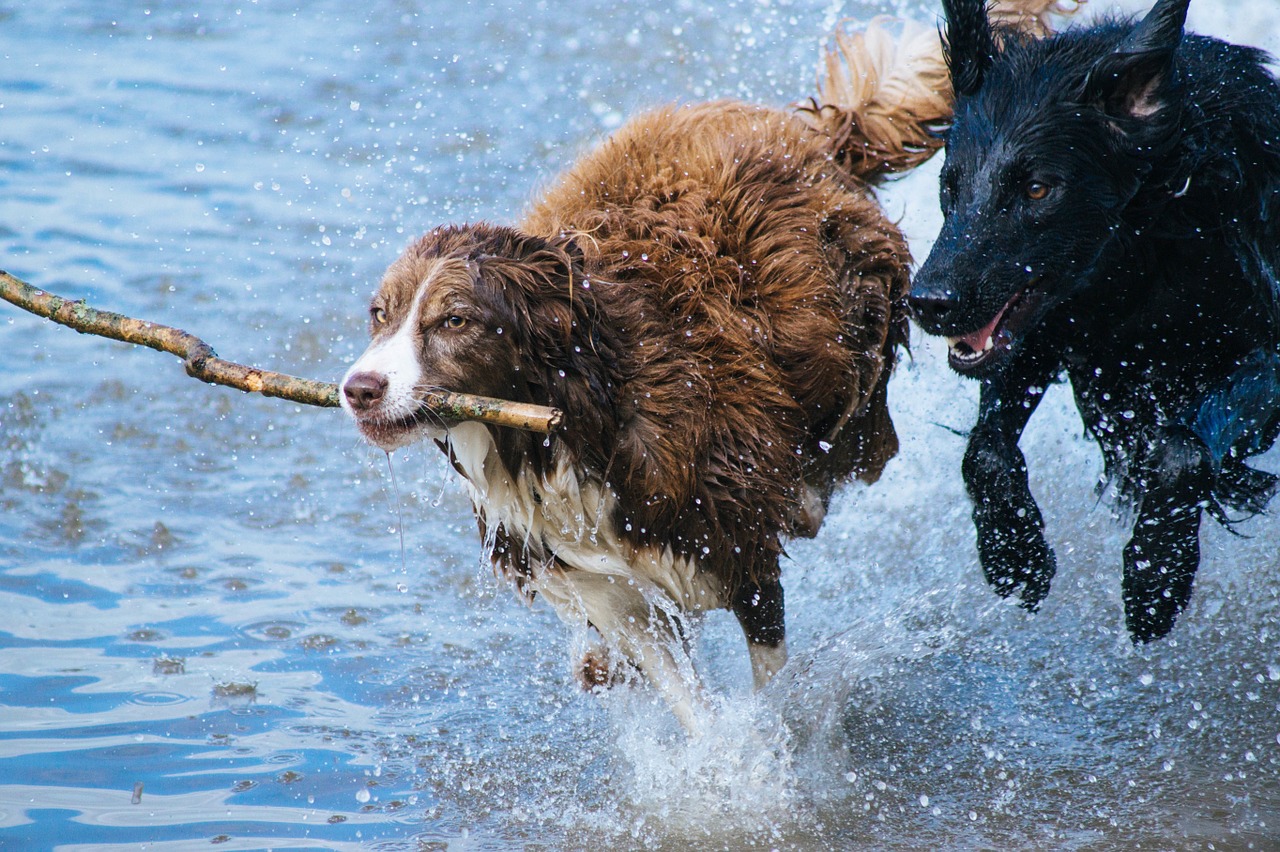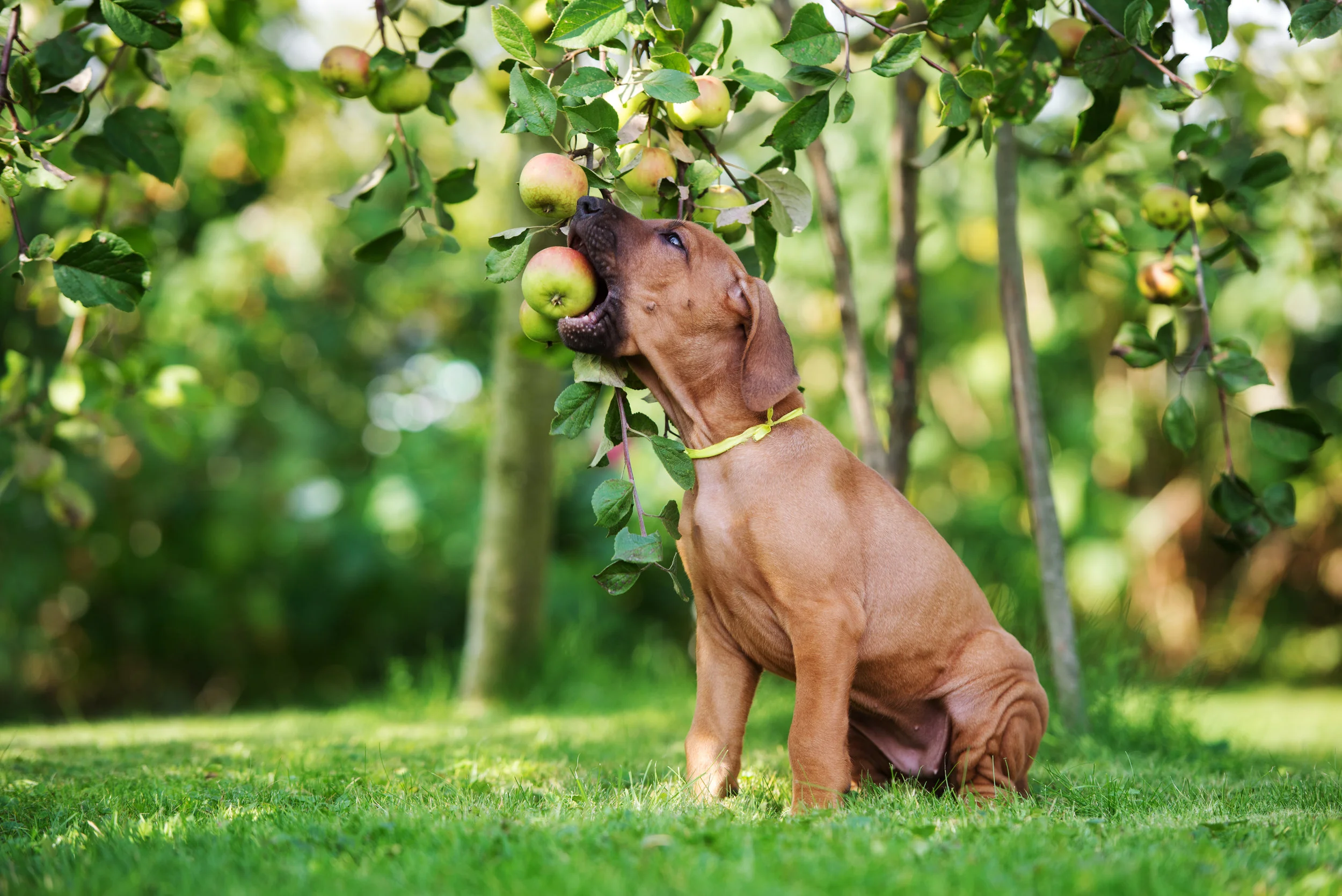Beyond basic potty training, socializing your dog is one of the most important things you can do for them as a puppy. Proper socialization will give your dog opportunities to play with other dogs, to be calm and cool around new people, and to adapt to new environments without stress or upset. But there’s more to socializing than simply introducing your dog to a situation and letting them do their thing.
Socializing an older dog is more difficult than socializing a puppy, so we recommend you take care of socialization earlier on in your pet’s life. However, sometimes in the case of rescues or extenuating circumstances, you’re unable to take care of these tasks in puppyhood. In any case, making sure your dog is socialized will help reduce fear and aggression, eliminate excitability, and make playtime, walks, and new circumstances more pleasant for both you and your dog. Here are some tips on socializing your dog the right way:
Make sure you include lots of things your dog loves, like treats and toys. Socializing is stressful by nature - you’re exposing your dog to common stressors so they can get over them easily! Any time you go out for a socializing mission, bring plenty of your dog’s favorite treats and toys to reward them for positive behavior. Any time they get off track, readjust their behavior and reward them when they respond in the intended way.
Don’t be afraid to use a muzzle. Cesar Chavez, who you may know as The Dog Whisperer, has recommended using a muzzle while socializing for the benefit of humans as well as dogs. Your dog can pick up on your emotions and the emotions of humans around him, so by putting other humans at ease, you’re making the environment less stressful.
Don’t jump into any situation too quickly. We don’t recommend going into the dog park right off the bat. Instead, take your dog past the dog park a few times, letting them absorb the sights, sounds, and smells. Stay at a distance, working your way up to letting your dog sniff other dogs at the gates. If your dog reacts negatively, regain that distance and work your way back up. Socializing takes time.
As we mentioned before, try your hardest to take care of socialization tasks while your dog is a puppy instead of leaving him stressed out into adulthood. Be patient with your dog and let him feel what he’s feeling. He will set the schedule based on his comfort levels. Want to get your dog the tastiest treats for your socializing trips? Browse through our store today!





